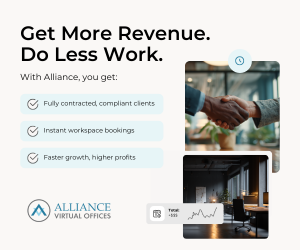Today’s workforce comes with a myriad of new work styles and demand for flexibility more than ever before. In order to provide greater building efficiency and utilization of workspace, developers are looking for new ways to cut costs and satisfy occupants.
Organizations are now understanding that real-time data is essential to the space planning process as it provides insight into when and how the space is being used. This can cut costs and allow companies to fully optimize the areas that are actually being used.
As remote working has grown tremendously over the past few years, the way people interact with physical workspaces has changed. Now, offering standard offices, conference rooms and cubicles are not enough. That is why many companies are opting for the use of flexible workspaces that reduce the amount of square footage needed and lowering costs.
Successfully transitioning from dedicated desks to a flexible work environment can be accomplished by collecting and analyzing data, establishing clear Key Performance Indicators (KPIs), ensuring there is a variety of workspaces like open areas and private offices, and being aware of cultural norms and operational efficiencies.
While planning a workspace can be complex, flexible workspaces offer the potential to positively impact your business if it is executed correctly.


 Dr. Gleb Tsipursky – The Office Whisperer
Dr. Gleb Tsipursky – The Office Whisperer Nirit Cohen – WorkFutures
Nirit Cohen – WorkFutures Angela Howard – Culture Expert
Angela Howard – Culture Expert Drew Jones – Design & Innovation
Drew Jones – Design & Innovation Jonathan Price – CRE & Flex Expert
Jonathan Price – CRE & Flex Expert











